I wonder if there is the possibility to change the fill main colour according to a categorical variable
Here is a reproducible example
df = data.frame(x = c(rnorm(10, mean = 0),
rnorm(10, mean = 3)),
y = c(rnorm(10, mean = 0),
rnorm(10, mean = 3)),
grp = c(rep('a', times = 10),
rep('b', times = 10)),
val = rep(1:10, times = 2))
ggplot(data = df,
aes(x = x,
y = y)) +
geom_point(pch = 21,
aes(color = grp,
fill = val,
size = val))
Of course it is easy to change the circle colour/shape, according to the variable grp, but I'd like to have the a group in shades of red and the b group in shades of blue. I also thought about using facets, but don't know if the fill gradient can be changed for the two panels.
Anyone knows if that can be done, without gridExtra?
Thanks!



